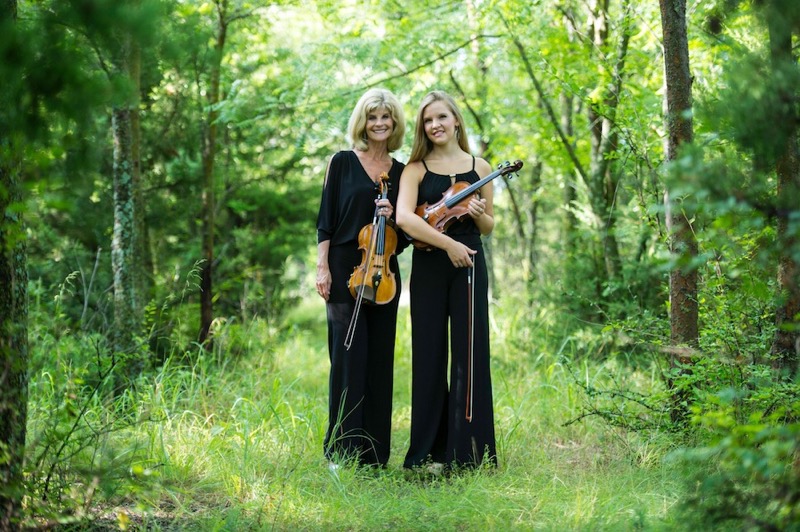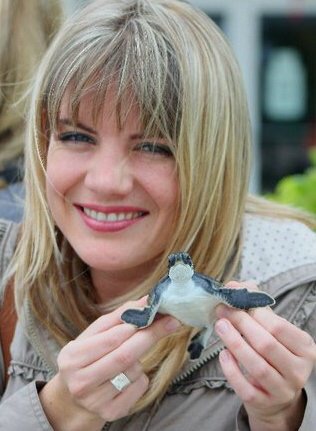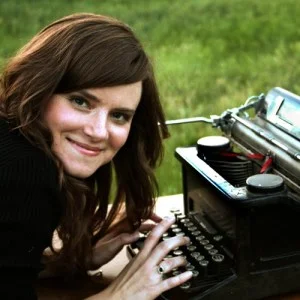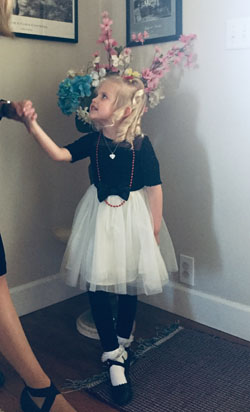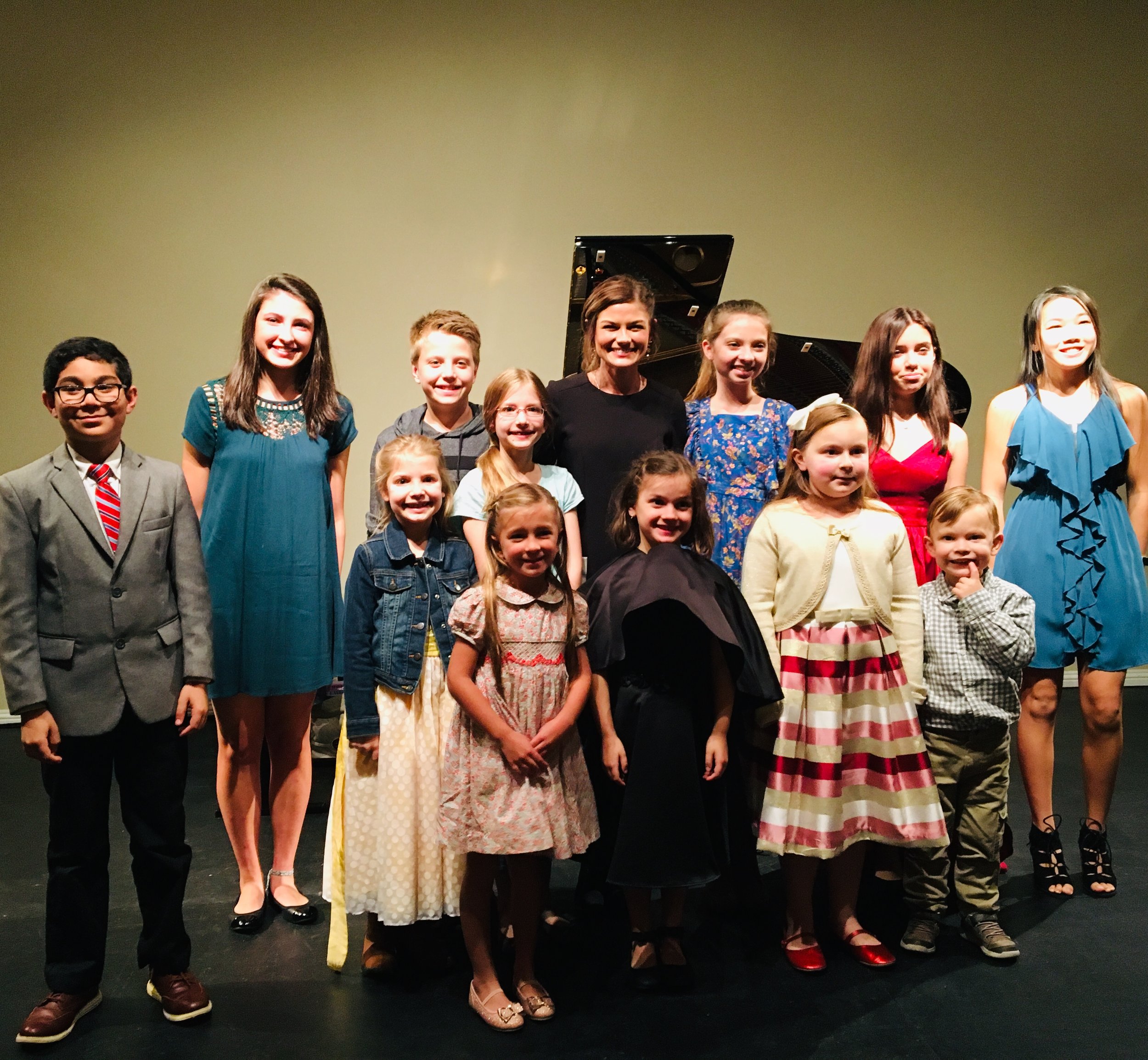After listening to her recent inspirational podcast “Helping Authors Become Artists,” I couldn’t help but see how it applies to the art of music in additional to the art of writing.
I recommend reading it (or listening to it, if you scroll to the bottom of the article there is a link to the audio) while following along with my musical parallels. Try substituting the terms “writer” with “violin (or other instrument) player,” “author” with “musician,” and keep the term “artist,” which applies to both authors and musicians alike.
Opening:
Like K.M. Weiland in her journey as an author, our Uptown Violins blog has helped me chronicle our story as a family of musicians.
I like Weiland’s statement, “If you’re a writer, you’re already an artist… You write, therefore you are a writer,” However, she continues, “the term ‘artist’ connotes something a little bigger, a little grander, a little more dedicated, a little more responsible, and a little more accomplished.” We don’t just want to listen to songs, even if they’re performed accurately. We want something that helps us experience something new and inspirational. “Even in our story-saturated culture, authors are few enough and artists are rare indeed.”
“What an Artist Is—and Is Not”
“1. An Artist Is… a Master Storyteller”
We have to slave away at our craft to truly master it. Just being talented doesn’t cut it. We have to apply diligence to our music, which comes from daily practice.
“2. An Artist Is… a ‘Poet Soul’”
“The ‘poet soul’ is something special that burns in the hearts of true artists… It is something within that resonates to Beauty and to Truth.”
“3. An Artist Is… a Visionary Mind”
As musicians we need to have a unique vision for our music, as well as the skills needed to accomplish this vision.
“4. An Artist Is Not… Someone Who Is Above The Form”
Even people who have natural musical talent still need to follow the rules of good positions and proper technique.
“5. An Artist Is Not… a Hack”
“Artists have something to say. They have the ‘artistic vision’ and ‘poet’s soul’ (sometimes in spite of themselves).” Although music is our job, we also do it for a deeper reason. We believe that it has intrinsic value.
“6. An Artist Is Not… a Propagandist”
This one is a little more writing specific, and less applicable to instrumental music. However, it does suggest that we shouldn’t simply use our place as musicians to push our views on others, even though we have a right to those views.
“7. An Artist Is Not… Pretentious”
Weiland admits that there are tons of pretentious artists, but this shouldn’t be the path of a mature artist. Instead, your focus could align with hers. “I want to write something someday that is everything I’ve ever wanted a story to be. It doesn’t have to be famous or even recognized. But I hope someday just to write it… In the practical sense of my ink-stained [black calloused] fingers, I absolutely think of myself as an artist. I pursue integrity in my work. I hone the craft. I have a vision for what I do.” This dedication to the craft makes artistry a lifelong goal.
Closing
Weiland writes, “Even if the title of “artist” is one you already possess, I encourage you to join me in thinking of it as a calling all its own, one worth striving toward with every word we write.”
As violinists we strive to embody Weiland’s view of artists in our musical endeavors, and I agree that it truly is a calling that we take pride and joy in pursuing.
If you are looking for some summer reading, I highly recommend you check out K.M. Weiland’s books! She has several of them available in paperback, Kindle, and even a few in audio format for those of us with an auditory bent!
